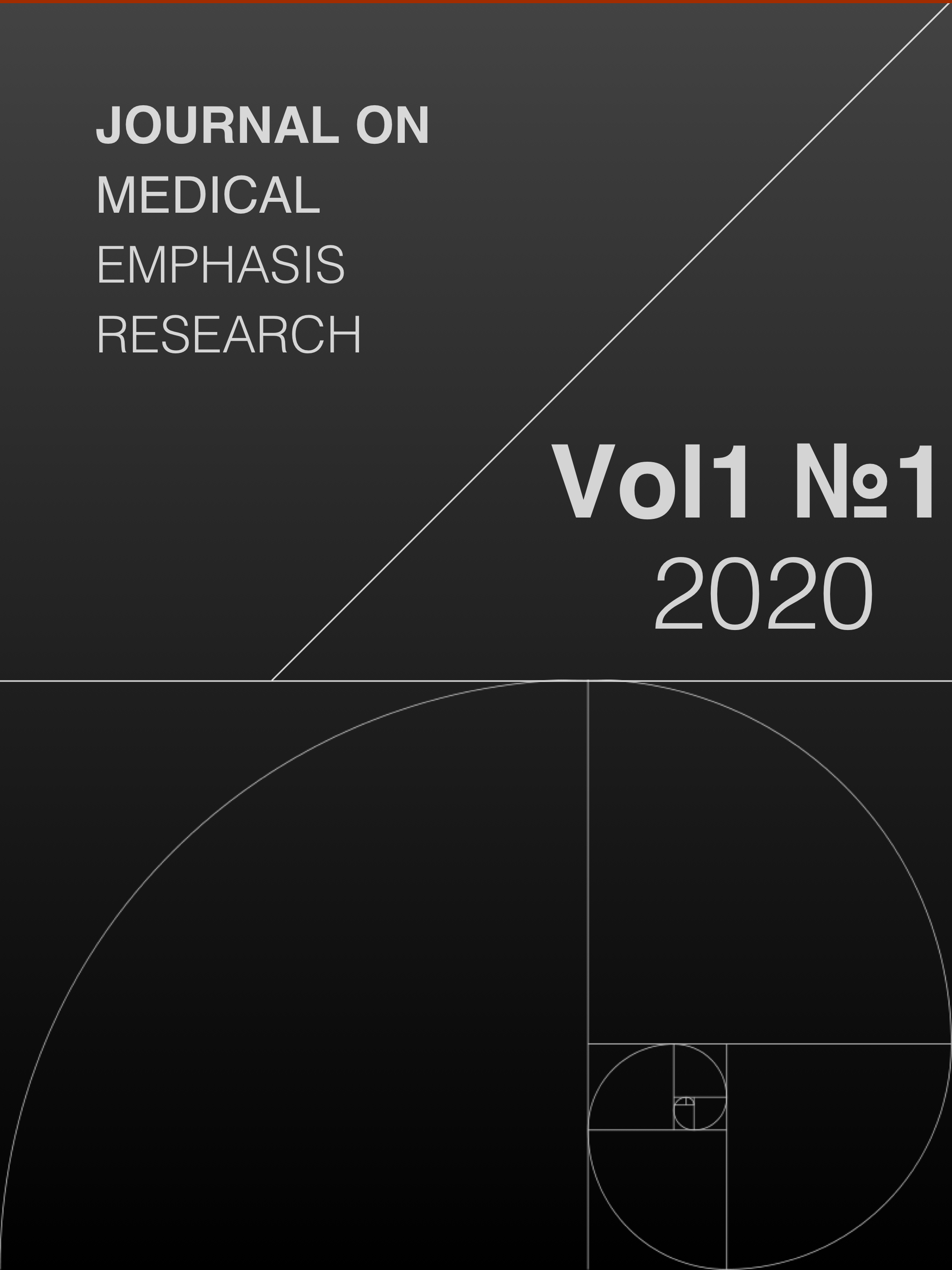Robotics and Diagnosis of Autism Spectrum Disorder
Keywords:
autism spectrum disorder, neurodevelopmental disorder, diagnosis technology, special education, educational roboticsAbstract
Autism Spectrum Disorder (ASD) is an umbrella term that describes a neurodevelopmental disorder that affects children’s ability to communicate with those around them and to develop mutual relationships with them. There is a reduced social interaction and communication observed, as well as limited, repetitive and stereotyped behavior. The gradual increase over time of the prevalence of children evaluated with ASD suggests the growing need to have a valid diagnosis in time, in order to develop effective interventions. In the present work, the use of Robotics for the diagnosis of Autism Spectrum Disorder is investigated. Technological developments in the last decade have led to significant results in recording and decoding children’s behavior based on ASD criteria. The use of robots to record and decode eye contact, speech and behavior, and/or gestures of children with ASD can lead to more objective observations, improved objectivity and reliability of the diagnostic process, cost reduction and more early diagnoses. On the other hand, so far, the diagnosis by robots cannot work autonomously, so in many cases the presence of a robot operator is considered necessary.

